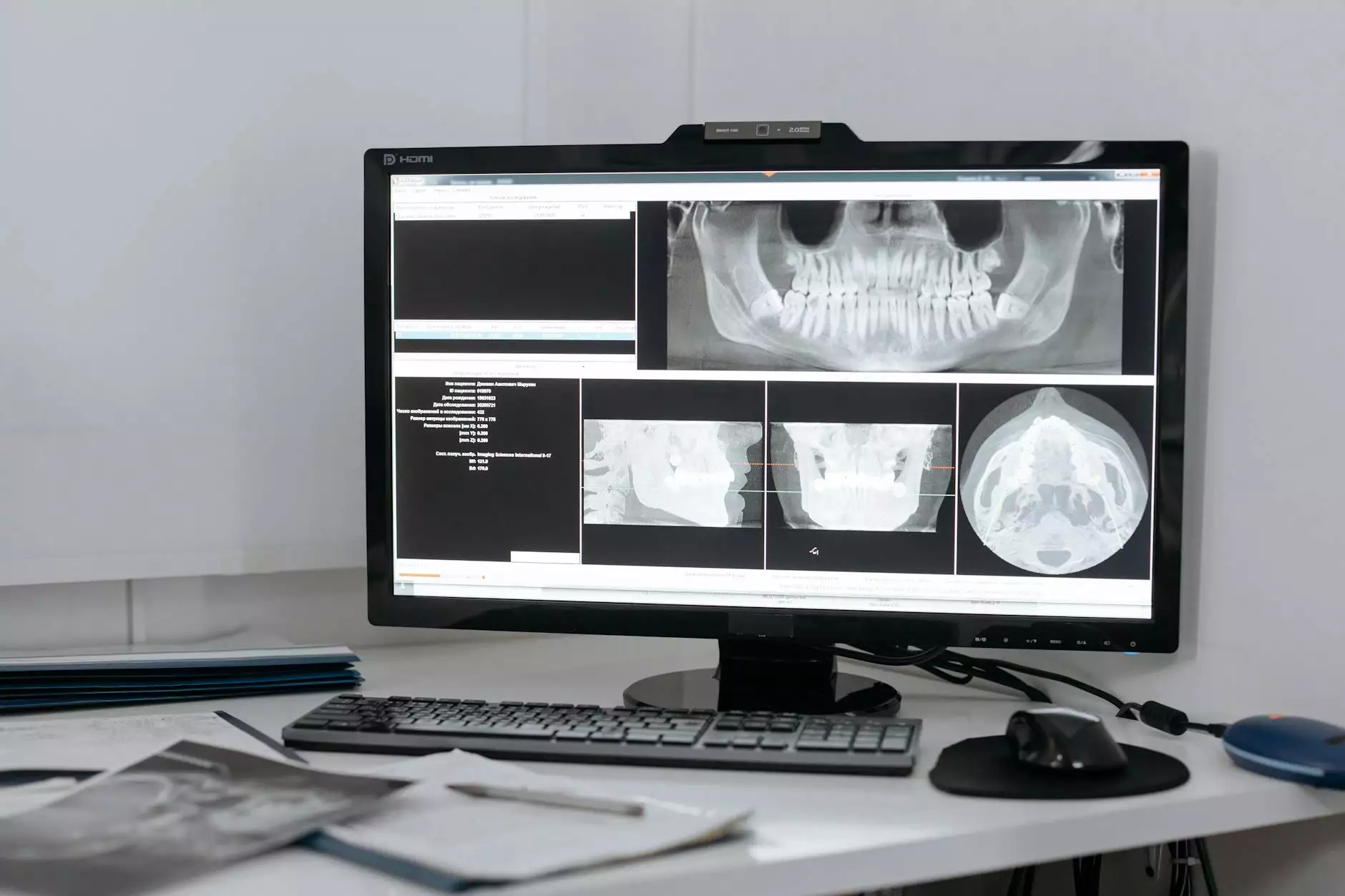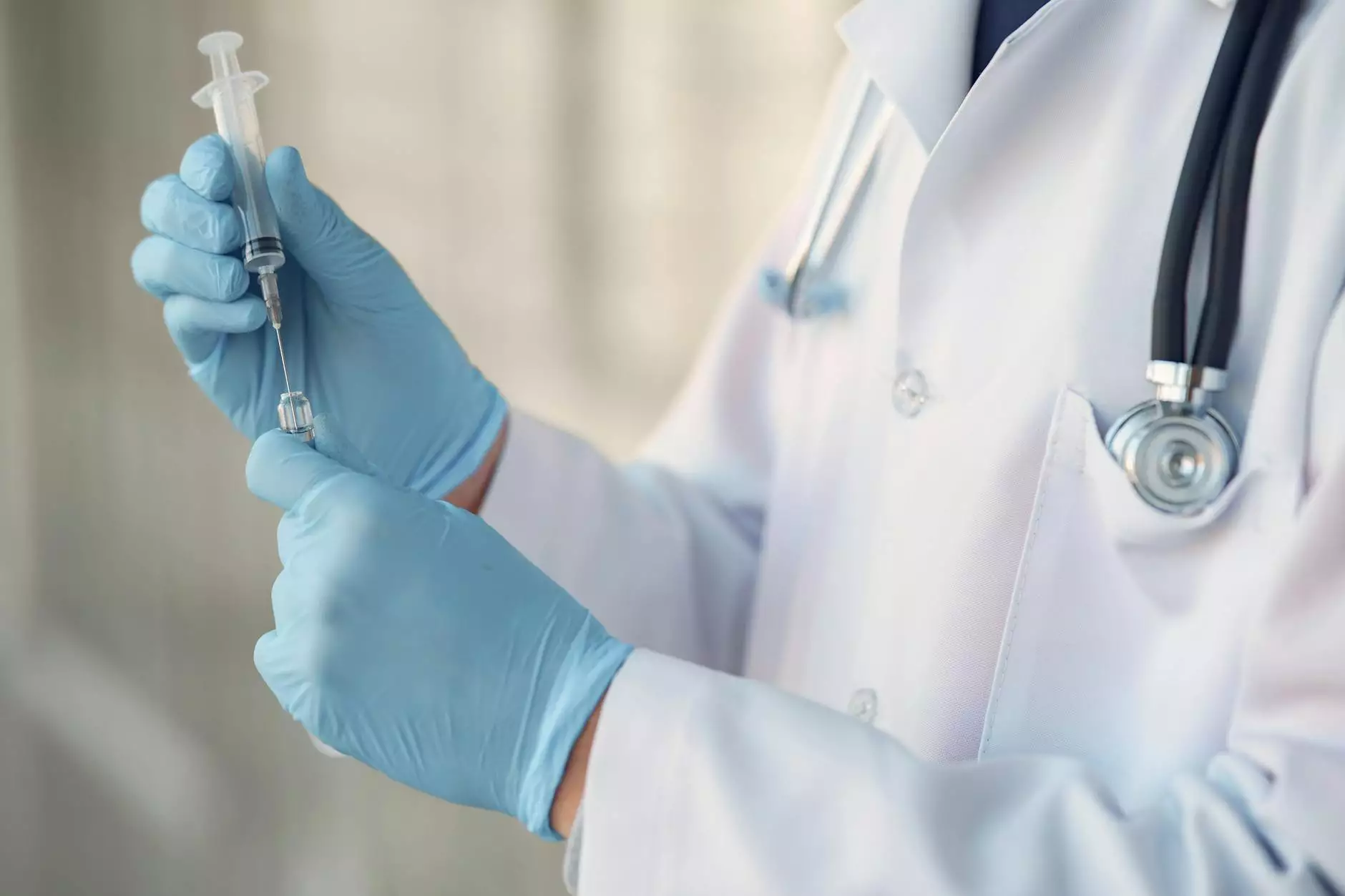Understanding Brown Spots on My Legs: Causes, Treatments, and Prevention

Are you concerned about brown spots on your legs? If so, you're not alone. Many people experience changes in their skin as they age, and brown spots are one of the most common skin concerns. In this comprehensive guide, we'll delve into the causes, potential treatments, and effective prevention methods to help you achieve healthy, beautiful skin.
What are Brown Spots?
Brown spots, also known as hyperpigmentation, are flat patches of skin that appear darker than the surrounding area. They can vary in size and are often associated with aging, sun exposure, or hormonal changes. While brown spots are usually harmless, they can sometimes indicate underlying health conditions, making it crucial to consult a healthcare professional.
Common Causes of Brown Spots on Legs
Understanding the underlying causes of brown spots is essential for effective management and prevention. Below, we explore some of the most common reasons:
- Sun Exposure: Prolonged exposure to UV rays can lead to the formation of brown spots. Over time, this can damage your skin, causing melanin production to increase in certain areas.
- Aging: As we age, our skin undergoes natural changes. The production of collagen decreases, and skin becomes thinner and less elastic, making brown spots more noticeable.
- Hormonal Changes: Hormonal fluctuations, often seen during pregnancy or menopause, can lead to changes in skin pigmentation. This can result in the emergence of brown spots.
- Skin Injuries: Post-inflammatory hyperpigmentation can occur after injuries, surgeries, or even irritation from shaving, leading to the development of brown spots.
- Certain Medications: Some medications can increase sensitivity to sunlight or impact melanin production, leading to brown spots.
How to Diagnose Brown Spots on My Legs
If you notice brown spots on your legs, it is important to seek a professional diagnosis. Healthcare providers can employ various methods to diagnose hyperpigmentation, including:
- Visual Examination: A dermatologist will typically perform a visual inspection of your skin to assess the appearance and characteristics of the brown spots.
- Dermatoscopy: This non-invasive tool helps the doctor view the skin in more detail and can help distinguish between benign and potentially harmful conditions.
- Biopsy: In certain cases, a small sample of skin may be taken for laboratory testing to rule out skin cancer or other conditions.
Treatment Options for Brown Spots
While brown spots on your legs are typically harmless, many people seek treatment for cosmetic reasons. Here are some effective options:
Topical Treatments
Over-the-counter and prescription creams can help fade brown spots. Common ingredients to look for include:
- Hydroquinone: A bleaching agent that can lighten dark spots.
- Retinoids: Promote skin cell turnover and may help improve skin texture.
- Vitamin C: An antioxidant that can brighten skin and reduce pigmentation.
- AHA/BHA: Alpha and beta hydroxy acids help exfoliate the skin and can lighten brown spots.
Professional Treatments
For more stubborn spots, professional treatments may be necessary:
- Laser Therapy: Targets and breaks down pigmentation in the skin using concentrated light beams.
- Chemical Peels: Involves applying a solution that exfoliates the top layers of skin, promoting new skin growth.
- Microdermabrasion: A mechanical exfoliation technique that removes the upper layer of dead skin cells.
- Cryotherapy: Involves freezing the brown spots with liquid nitrogen to remove layers of damaged skin.
Prevention of Brown Spots
The best strategy is always to prevent the development of brown spots before they start. Here are some proven methods:
Sun Protection
Protecting your skin from the sun is one of the most effective ways to prevent brown spots:
- Use Sunscreen: Apply a broad-spectrum sunscreen with an SPF of 30 or higher every day, even on cloudy days.
- Wear Protective Clothing: Long sleeves, hats, and sunglasses can shield your skin from harmful UV rays.
- Avoid Sun Exposure: Try to stay out of the sun during peak hours, typically between 10 AM and 4 PM.
Healthy Lifestyle Choices
Incorporating healthy habits can benefit your skin overall:
- Stay Hydrated: Drink plenty of water to keep your skin moisturized and healthy.
- Eat a Balanced Diet: Foods rich in antioxidants, vitamins, and minerals can support skin health.
- Avoid Smoking: Smoking can accelerate skin aging and promote the development of dark spots.
- Manage Stress: High-stress levels can negatively impact your skin; consider practicing relaxation techniques.
Conclusion
In conclusion, while brown spots on my legs are generally harmless, understanding their causes, treatments, and prevention methods can help you maintain healthy skin. Consultation with a healthcare professional is recommended for a proper diagnosis and personalized treatment plan. By protecting your skin from the sun and adopting healthy lifestyle choices, you can greatly reduce the risk of developing unwanted pigmentation. Remember, your skin is a reflection of your overall health; take care of it!
For more information and expert guidance on vascular medicine, don’t hesitate to reach out to trufflesveinspecialists.com and schedule a consultation today.









